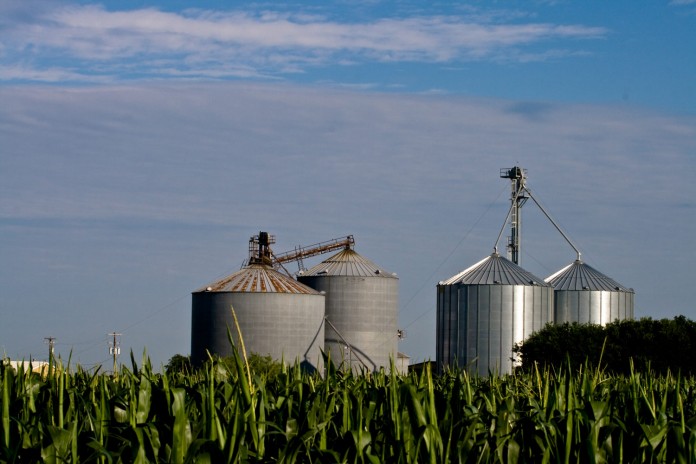Scripture tells us that the Lord will return, but we won’t know just when. We are to be ready. We are told we won’t know the day or the hour, but we will know by the season.
Grain futures these days are similar in concept. We won’t know the day or the hour of the high this year, but we do have a lot of hints about the season.
Contract highs
We may be in the season of the contract highs. We have had new contract highs in the month of February, and then large corrections.
The last few days of February, we saw new highs in both May and November soybean futures. What we don’t know is if the real high is now, or soon, or next summer when we will likely be importing soybeans to crush since we have exported our supply away, or when we may be really tight on corn for the same reason.
False prophet
If some prophet pops up to predict the end times — which has happened as recently as the last few years, for those of you who follow Harold Camping — run. He is, by definition, a false prophet.
If no man can know the day, a man who predicts the day is more than suspect. Camping, president of Family Radio, predicted a day in 1994, and then a couple of days in 2011.
Later, he admitted that predicting a date was sinful, and contrary to scripture. There is nothing in the grain business to suggest it is wrong to predict the top of prices. It is just dangerous and bad practice.
Watch for the season
It is also bad practice to not be watching for the season. That watching became serious back in August, when the world changed in grain prices. We developed record export ideas as the Chinese admitted a record hunger for our products. The derecho wind storm made Iowa a grain-deficit state.
Since then, market observers, and, yes, prophets, have been stirring the chicken entrails of U.S. Department of Agriculture (USDA) reports and charting indicators to determine how high we can go.
In this reverse-limbo market, we have lately seen a lot of volatility, which frequently presages a market top. On March 9, we saw May corn futures trade at $5.72, and then retreat nearly 50 cents in two days. On Feb. 25, we saw contract highs for May soybeans ($14.45 3/4). We have seen a low 65 cents off that high of three days ago March 2.
Look ahead?
Even given the volatility that often means the party is over, there are reasons to think the season of highest prices is still ahead. Yes, sales should be made on these highs. But, there is a lot of time yet.
We are still fighting for acres between corn and beans. Some think we need 91 million acres of each to be planted, and we have never done that before.
Next, we need to get through spring weather and get those intended acres actually planted. You only have to look back a couple of years to remember how hard planting can be.
Then, we need to survive the summer weather and grow the best crop we can grow. While we are growing it, we may be marketing ourselves into shortages of the old crop, which could spike old and new prices.
Or, the fear of that might already be in the market now, and events of the spring and summer will only confirm the fears we have now. Remember, the definition of the futures prices is the market’s best guess now of what the prices will be later.
Our prices are already based on serious fears of having used up our supplies. The fear maybe worse later.
One of the axioms you hear watching politics on television is this one: You don’t know what you don’t know. The derecho was a so-called unpredictable “black swan” event.
We have a long way to go in the marketing year. Most of the projected corn and soybean exports are already committed. There is reason to believe that we won’t see significant cancellation of export contracts.
We are tight in supply, tight in carryout projections and needy of growing a big crop. What could go wrong? Is there already too much fear in the market, or not enough?
As the CIA agent is reputed to have said, it is not if I am paranoid. It is, am I paranoid enough?













